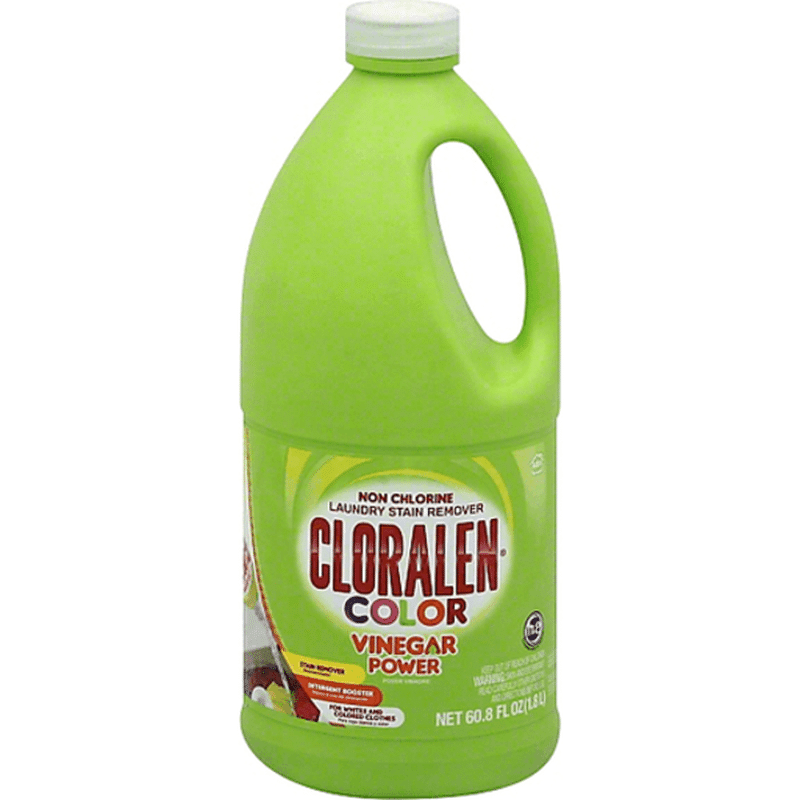

A safer alternative is to use vinegar for household cleaning. Instead of mixing these disinfectants, a better option is to choose either of the two. NaOCl + CH 3COOH → Cl 2 + CH 3COONa + H 2O A Safer Alternative The reaction between bleach and vinegar that produces chlorine gas, is given below: This causes production of chlorine gas to abnormally high levels. This makes the reaction slower, but the reaction rate of the reverse reaction (that generates chlorine gas) does not slow down. As a result, less number of hydroxide ions take part in the reaction between OH – and Cl 2. So when an acidic solution is combined with bleach, the hydroxide ions (OH –) of bleach combine with the acidic H + ions to generate water (H 2O). This is a reversible or two-way reaction, which means chlorine atoms that are generated in the reaction are constantly switching their state from Cl 2 to OCl – and vice-versa. When chlorine gas combines with a basic hydroxide solution, it produces hypochlorite ion.Ĭl 2(g) + 2OH –(aq) ⇌ OCl –(aq) + Cl –(aq) + H 2O(l) Chemical ReactionĪs we know, household bleach is nothing but an aqueous solution of sodium hypochlorite. Prolonged exposure to chlorine gas can be fatal and will require immediate hospitalization. Too much exposure is considered to be corrosive to the eyes and can cause chemical burns. It may also severely irritate the eyes and the skin. Apart from coughing violently, one may experience breathing trouble.

Inhaling chlorine gas is likely to cause repeated episodes of coughing, as it a strong respiratory tract irritant. It is little surprising then that bleach bottles have a label that warns against combining bleach with any acidic cleaning agent like vinegar. Chlorine gas is toxic to the human body and can cause a wide range of health problems. As vinegar is acidic, when bleach is combined with an acid, the mixture releases chlorine gas, which is extremely harmful to our health. To put it simply, it is dangerous to mix these chemicals from a health standpoint. However, if that is going to happen at the cost of your health, you shouldn’t try mixing them. The following write-up explains what happens when you mix these products: Mixing Vinegar and Bleach – Never Do That!ĭue to their effective cleansing and disinfectant properties, many people assume that combining vinegar and bleach will give them a more effective disinfectant. From providing protection against microbial contamination to lending freshness in the room, these disinfectants can be extremely helpful to keep your house clean. Both products are a popular choice for household cleaning, thanks to their disinfectant properties. Some things are formulated to be mixed, such as water and lemon juice, while some compounds do not go well together, and the best example would be vinegar and bleach. Did You Know?īaking soda and vinegar, when used separately, act as excellent cleaning agents, but when combined, are least effective for household cleaning routine. Can you mix vinegar and bleach? You shouldn’t do that as the combination releases chlorine gas, which has long been identified as a significant inhalation hazard.


 0 kommentar(er)
0 kommentar(er)
